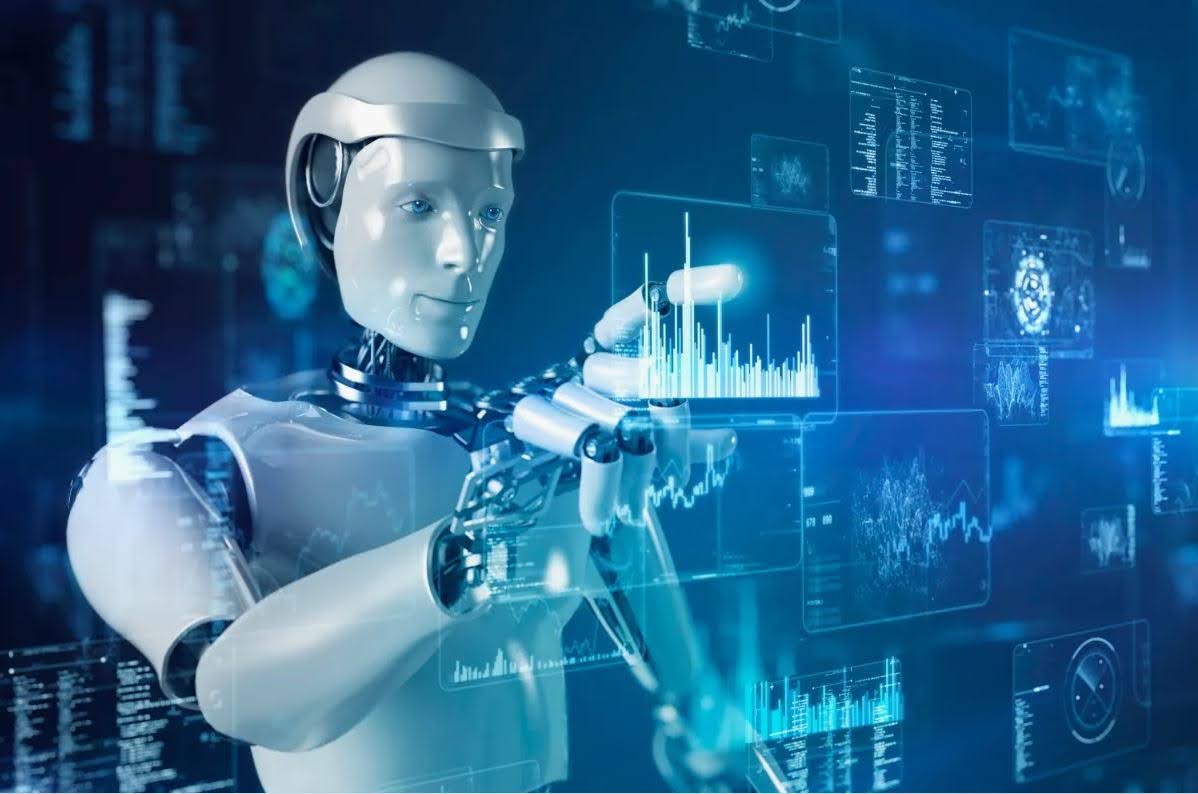The fusion of the Internet of Things (IoT) and robotics has revolutionized industries and ultimately has started reshaping the workforce dynamics. No industry in the world is a stranger to this ongoing transformation. Companies like Briteside are offering customized solutions like robotic process automation and telephony platforms among others. This sweeping revolution has brought about efficiency and innovation like never before.
The Synergy Between IoT and Robotics
This seamless integration of IoT and robotics has played a great role in optimizing workflows. This is true when you think of it in the context of a factory where all machines are effortlessly communicating through interconnected sensors and actuators. All the units from assembly lines to packaging units within that factory work harmoniously thanks to these innovations. Robots within the industry are now empowered with real-time data. This enables them to continuously adapt to changing environments and address maintenance needs preemptively.
Redefining Manufacturing Excellence
Productivity and precision in this industry have reached new heights because of this synergy between IoT and Robotics. The size of a factory is no longer the only determinant of its productivity. Smart factories that have quipped themselves with IoT and Robotics sensors collect huge amounts of data on various things like machine performance, product quality, and energy consumption. This collected data helps predictive analysis and enables robots to identify problems before they have occurred. This whole process has streamlined and optimized production processes.
Human-robot interactions have been transformed thanks to the introduction of collaborative robots (cobots). These robots are equipped with IoT and Robotics capabilities. These capabilities ensure smooth coordination and safety between machines and their human counterparts. Efficiency has undeniably been enhanced thanks to this.
Pioneering Healthcare Advancements
IoT enabled robotics have also managed to sweep the healthcare landscape. Studying patient vitals and anatomical structures has been made easier than ever because of the surgical robots equipped with IoT sensors. Surgeons are now able to get invaluable insights. This real-time feedback has improved surgical precision and lowered the risk of complications drastically. No doubt, this has improved patient outcomes.
These technological advancements have also revolutionized rehabilitation and eldercare. They can provide personalized support and therapy effectively because of their ability to monitor patient movement and vital signs. Healthcare professionals can easily tailor different rehabilitation programs to better fit the needs of their patients. This, in turn, accelerates the recovery time of patients while also improving their quality of life.
Shaping the Future of Transportation and Logistics
The transportation, tracking, and delivery of goods has been reshaped due to the fusion of IoT and Robotics. Deliveries have become faster and more efficient because of autonomous and ground-based drones. These drones have also proved to be way more sustainable.
These robots have also enhanced supply chain visibility and resilience. Warehouses that are equipped with robotics systems and IoT sensors have a much smoother process. Tracking inventory in real-time is not a problem anymore. They are also able to predict fluctuations in demand while altering storage and retrieval processes. Operational costs have lessened, and timely order fulfillment has increased dramatically.
Empowering the Workforce of Tomorrow
Humans must keep up with this rampant work dynamic change. Many fear that the ongoing automation rampage will lead to job displacement, but this does not have to be the case. The truth of the matter is that the nature of available jobs may change but the needs for humans can never be overlooked. Instead of replacing, IoT-enabled robotics are adding to humans’ capabilities by providing them the opportunity to focus on higher-value jobs. Human workers must no longer work hazardous tasks. Such jobs can easily be automated and give them a chance to focus on creative and strategic tasks.
Navigating the Challenges Ahead
Without question, there is an increase in concerns regarding data privacy and cybersecurity. Like every progressing field, IoT and Robotics also brings its challenges. These concerns need to be addressed to cultivate a sense of trust. Humans can never be completely replaced even though this automation can provide some managed services. There is a need to constantly re-skill the workforce so that they can navigate and professionally thrive in a world that is on its way to complete automation.
Conclusion: Embracing the Future
Instead of staying ignorant and steering away from change, the workforce needs to embrace this shift and gear up their skill set accordingly. The workforce can navigate through this new world of the digital age only by embracing this intersection of IoT and robotics.
Also Read: The Importance of Archivebate in Preserving Digital Futures 2024









One Comment